|
11/29/2015 0 Comments A day in the lifeNicolò Gaglian, Team Manager, Lazarus We were doing pitstop practice for the first race: we train in the workshop every day, and it’s not so easy! The right time for a pitstop is about 5 seconds, and today was not too bad: we had a problem with the front jack, and now we will repair it for the race. The guys also train a lot, got to the gym 2 or 3 times a week to make sure they’re ready, and we put the biggest guys at the back! Sometimes a lot happens in the pits, and I’m on the lollypop: you have to look at all 4 tyres, front and rear jack, and to see if anyone is coming in the pitlane, so the more we practice the better we get. Chris Pearce, Mechanic, Arden We’re just setting up the cars, and doing all the final checks - ride heights, cambers, that sort of thing. It’s just a process of going round in circles, making sure you getting everything right. Naturally we’ve got quite a few changes from qualifying because the race is much longer: you’ve got to preserve the tyres, and you’ve got to change the car to suit. There are a lot of changes in the re-prep, and this is the final finishing off. Usually it takes about 40 minutes to an hour, but it depends however long you’ve got really: you work to the time you’ve got! Andrew Ferguson, Technical Director, Status Grand Prix Motorsport has its hierarchy with team managers, race engineers, mechanics and all that, but it’s important when there is some down time that everyone integrates at the same level so that there are no hard feelings about people being told what to do and so on. At the end of the day we all go back to the hotel, we all get on the same flights, we all work at the same factory, so it’s important that we all integrate as best we can. We have to: every season we spend more than 3 weeks on the road together! People can get niggly about things in a pressured environment like racing, so when there’s a bit of down time you have a little catch up, everyone makes each other coffee, maybe a beer or two at the end of the day, and it means that everyone can float on together a bit more happily. Marco Galuppi, Technical Director, Rapax In the briefing we are preparing for the race: right now we are watching last year’s races, looking at the different strategies, and we’re calculating what is the best strategy for today given the conditions. We also show the previous starts to the drivers so they are prepared for their start, and we’re working on the set up to make sure the car is prepared as well as we can for that. All the teams do similar things, and small details make a big difference, so we need to work on all the keys for the race - strategy, set up, driving style and tyre management - because all of these keys are so important to achieving a good result. Luca Cecchetto, Mechanic, Trident First we have to clean the tyres after qualifying and free practice, check the wear and rebalance the tyres, and if there are any problems with the compounds we go to see Pirelli. The rims must be balanced, and the most important part of the process is checking the tyre pressures. The pressures are one of the most important features of the car right now, because these tyres are very particular: if you get it wrong you can lose the race! And it’s important to get the pressures right because they are under the control of the FIA, and we have to stay within their parameters. It has to be very precise to pass their checks, but also flexible enough to deal with what happens in the race. So it’s not so easy! Emilien Colombain, Trainer, Campos Racing Before the race there is a lot to do, such as hydration: in a race like here in Abu Dhabi we have to really focus on this, because of the heat. We then do some special training in the morning to wake up the muscles and get the blood circulating, warming up the body for the day ahead, and when we get to the circuit we concentrate on exercises for the joints, particularly the wrists, which are under pressure because the steering is quite heavy. Closer to the race we have exercises to warm up the neck and some connective things with balls to wake up the vision and reaction times. Arthur’s already in good shape, of course - most of the physical and mental work is done already - so the race weekend is about warming up and getting the body ready for the stress of the race, and to test the system to make sure he is okay to go. Andrew Brown, Truckie, Russian Time It’s our job to make sure that everything the team needs is in the pitlane - spare tyres, starters, air bottles and so on - and it’s quite an important job because you’ve got to make sure that everything is there, and ready to go. The team has a lot of equipment here in the pits, but we’ve got a checklist of everything we need for the race, and that never changes: if we got up to the grid and had the wrong set of tyres it would be catastrophic! You have to have everything on the list, no ifs or buts: it has to be there. We have a few spares of things, like the guns, and they are serviced regularly to be sure they’ll work: we check everything again before the race to make sure they work, the bottles are full and everything is charged. If the boys need something and I haven’t got it, it’s bad news! Alexander Rossi, Driver, Racing Engineering We always watch the F1 qualifying before the race, and I’m quite interested in it today because obviously the car I was racing for the last five Grands Prix is in the hands of someone else, so I’m quite interested to see how he goes! Mostly we watch it for everyone’s entertainment more than anything else: we have a pretty good idea of the track conditions, but if we were at a track with a bit more variable weather we’d pay a bit more attention to it. It brings the team together for a few minutes, and I think everyone has a little wager on who’ll get pole, so it’s good for team bonding before the race. Benn Huntingford, Chief Mechanic, Carlin Before the race the cars come round to the pitlane and park up, and we do a few checks on tyre pressures, systems checks, plug in the laptops, go through the data and do a few final checks for reliability, then monitor the temperatures of the engine and the water to make sure that everything is where it needs to be, and make any adjustments we need to make after talking to the driver to see what his feeling is for the car. Then the cars leave, go round once and do a practice pitstop so the driver can get his eye in, and we go to the grid: over there we do the same set of checks, have another chat with the driver and possible change tyres depending on what the guys around us are doing. We’re double checking all the work that we’ve already done in the garage and that everything is where it should be for reliability, and any final adjustments needed because of the conditions or the people around us for strategy. And then it’s back to the pitlane to watch. Narciso Ferreira, Mechanic, ART To stand under the podium, the feeling is amazing: it is the sum of all the hard work we have done up that moment. It’s a feeling of pride in a job well done, because whether you’re a mechanic or an engineer everyone has a very specific task that must be done, and when you see your car win you realise that everyone has done that perfectly, and that is a feeling of personal joy as well as a combined feeling with the group of achievement. We love our job very much, we constantly give 100%, and through adversity it’s important to keep pushing and keeping working harder, because we have to respect our rivals’ abilities too. At the end of the day we win together or we lose together. In my career I’ve been very lucky to work with some drivers that have helped me realise it’s important to put things into perspective: I used to think that every little mistake was a huge misstep,but these drivers taught me that it is important to look at where we started, where we’re at, and what we want to accomplish. After that, what needs to happen, happens. Francois Sicard, Team Manager, DAMS The debrief is a key moment for us, because it is the first chance after the race to have a meeting between the drivers and the engineers to get the feedback on how the car felt for the drivers. Clearly the engineers have access to the data so we have the numbers, but what is important is to understand the feeling, where the drivers felt strong or weak, to find which way we have to work for tomorrow. This feeling is very important to us: the engineers sometimes follow all the analysis to push the set up one way, but when you talk to the driver they have a different view. It can never be about pure efficiency from the data: it has to be a combination for driveability, and each driver has a different style. It is important to talk so that we can better understand this. Sander Dorsman, Team Manager, MP Motorsport
Normally when the cars go into parc ferme the drivers take out their data cards, so the engineers can start working, and they will have a complete debrief, while the mechanics start working on the one car we have today, because it was a DNF, just to get a little bit ahead. We also take the opportunity to have dinner, just to make sure that’s done while it’s a bit quiet, and when we get the other car back we clean everything, because we say when you clean something you’re checking it too, and then the engineer will download the car and start looking for anything unusual in the data. The mechanics will then open the gearbox, drain the fuel, and start to prepare the car for tomorrow: it depends what has happened to the car, but normally it will take 4 to 5 hours to prepare the car. It’s a lot of work, but a GP2 car needs a lot of love and attention to shine: hopefully we can be home before midnight!
0 Comments
Leave a Reply. |
Archives
November 2015
Categories |
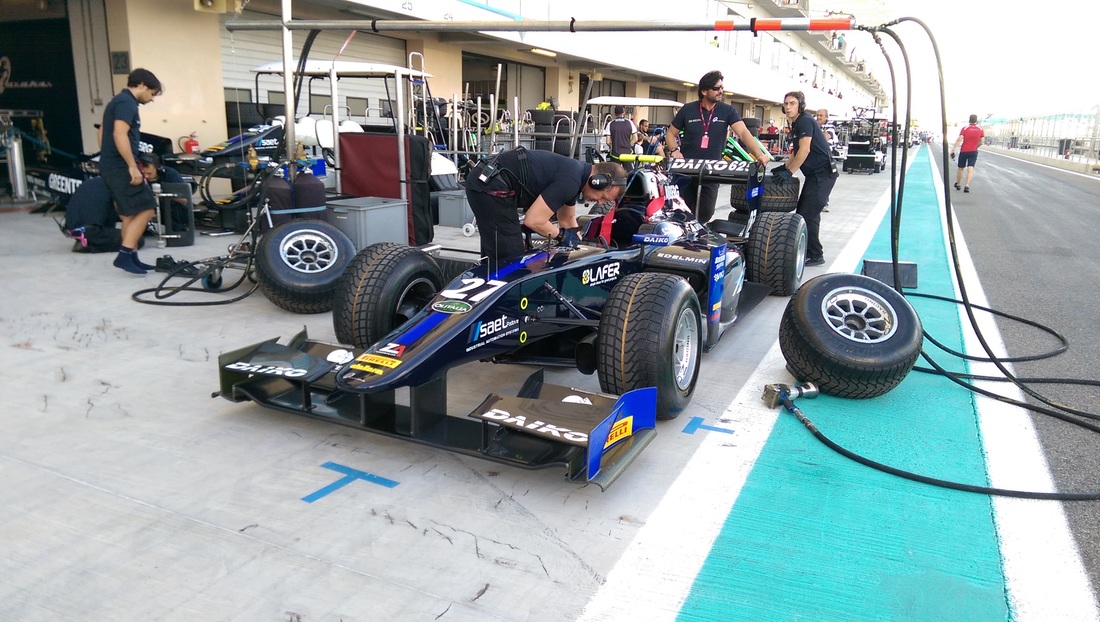
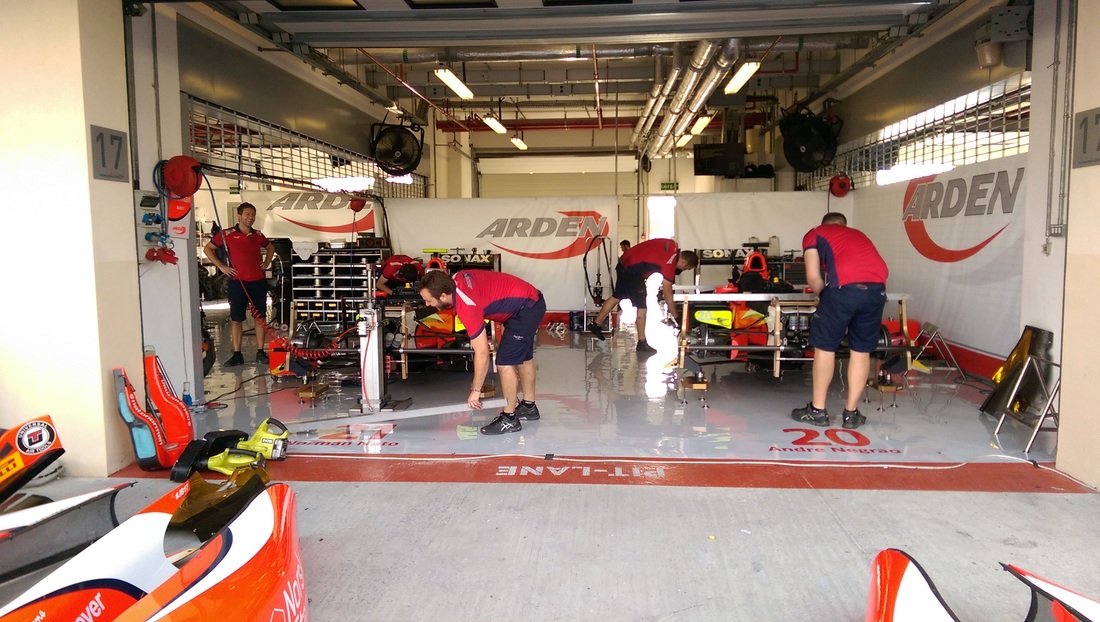

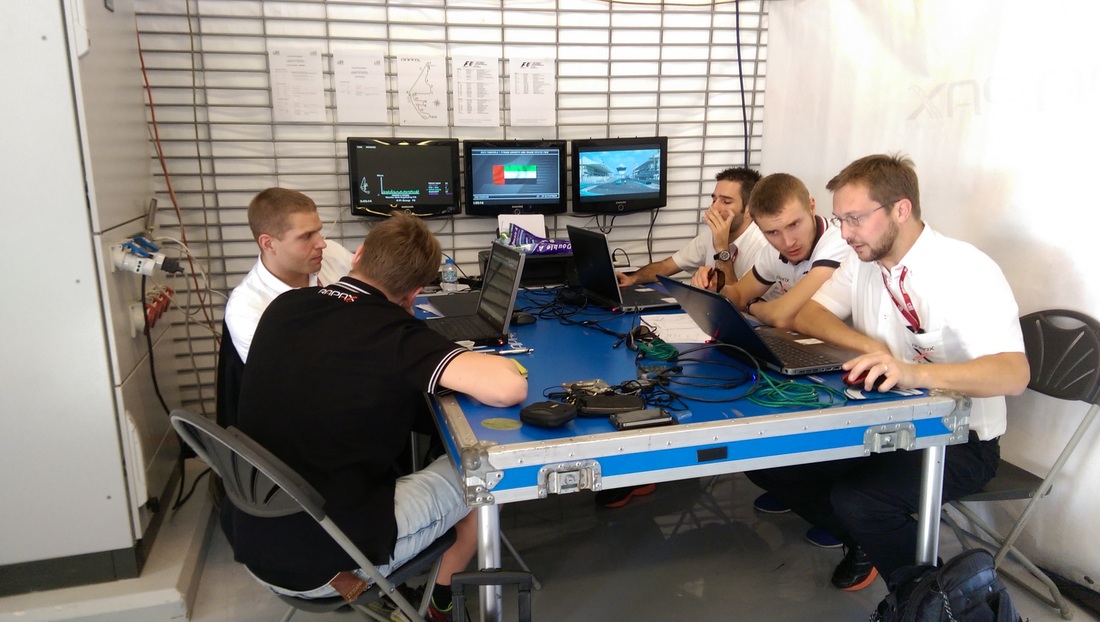
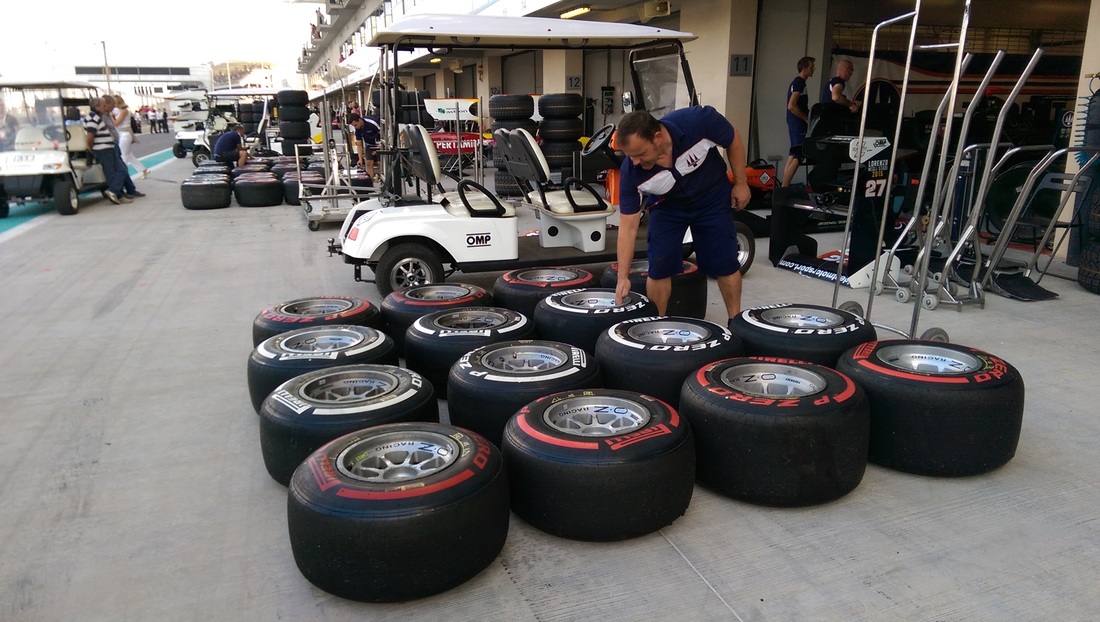
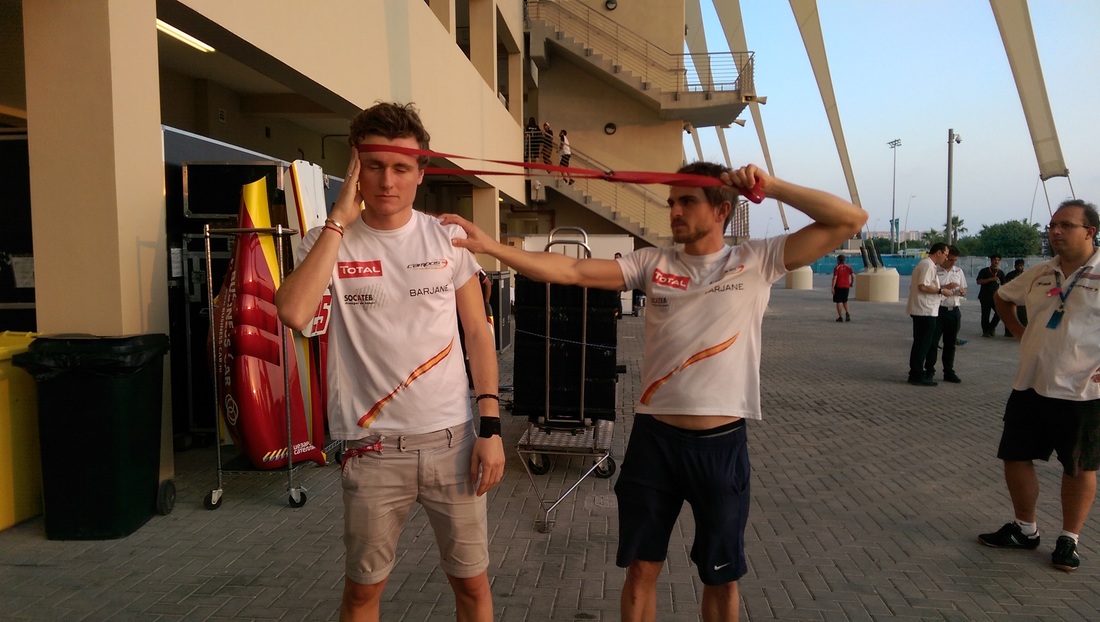
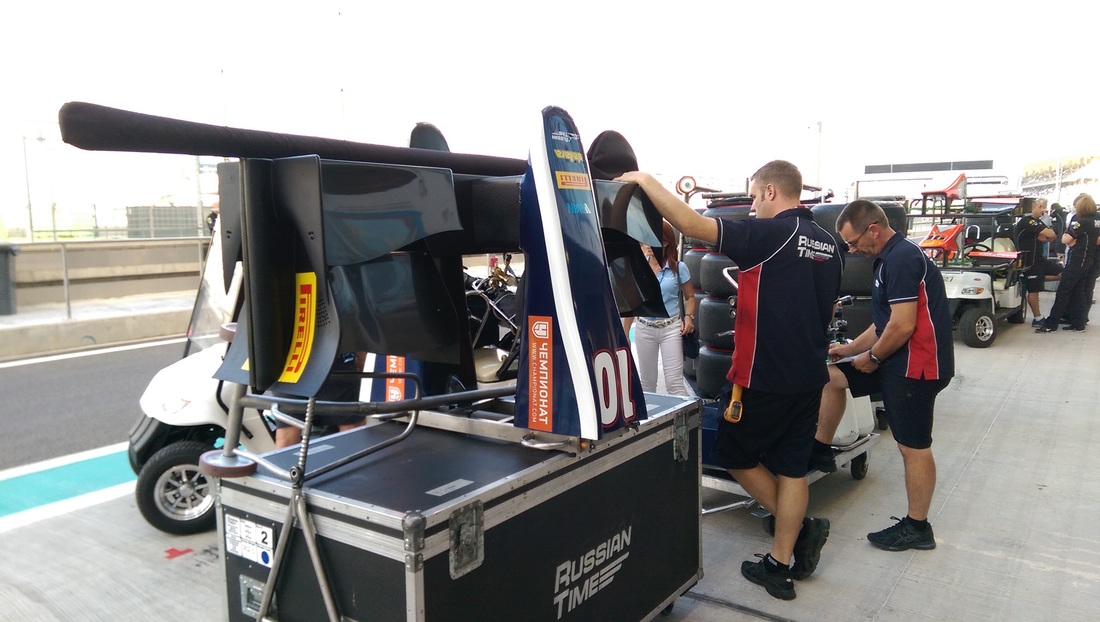
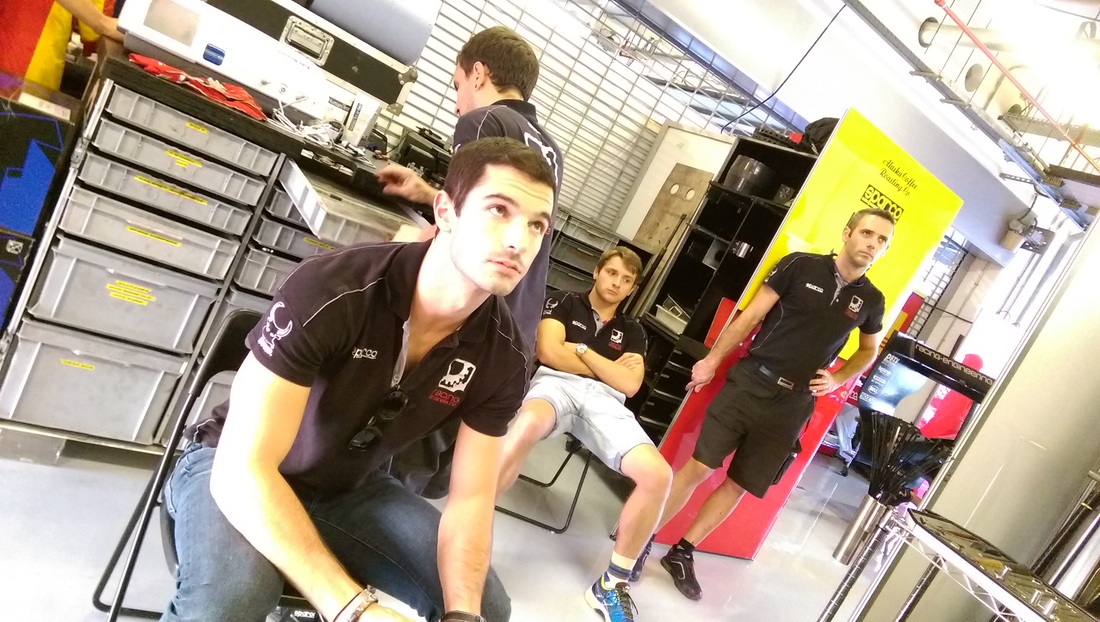
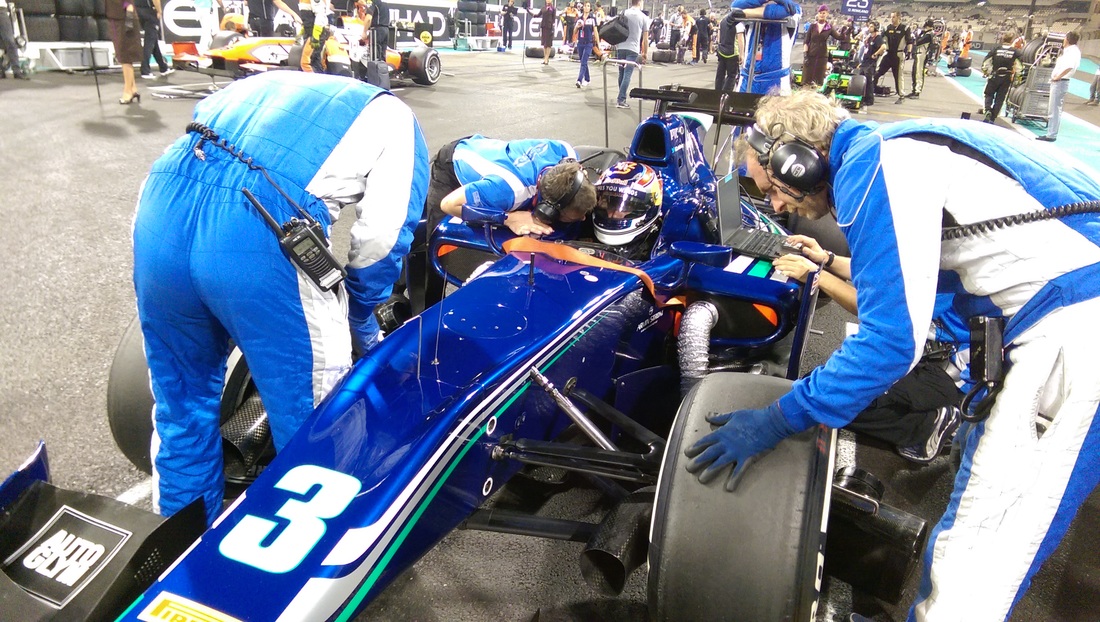
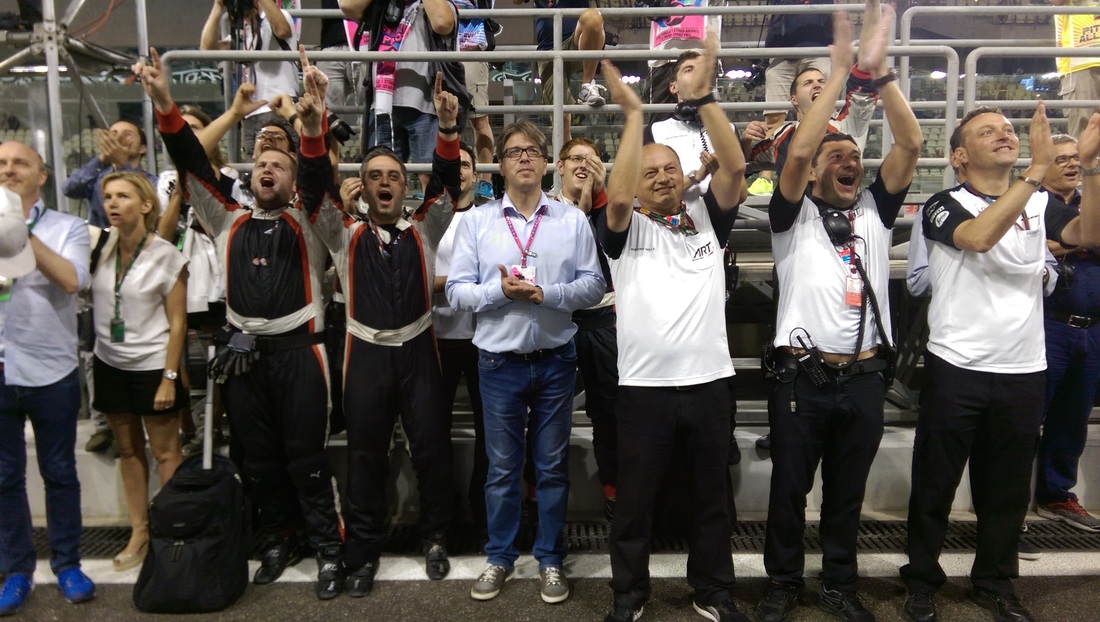
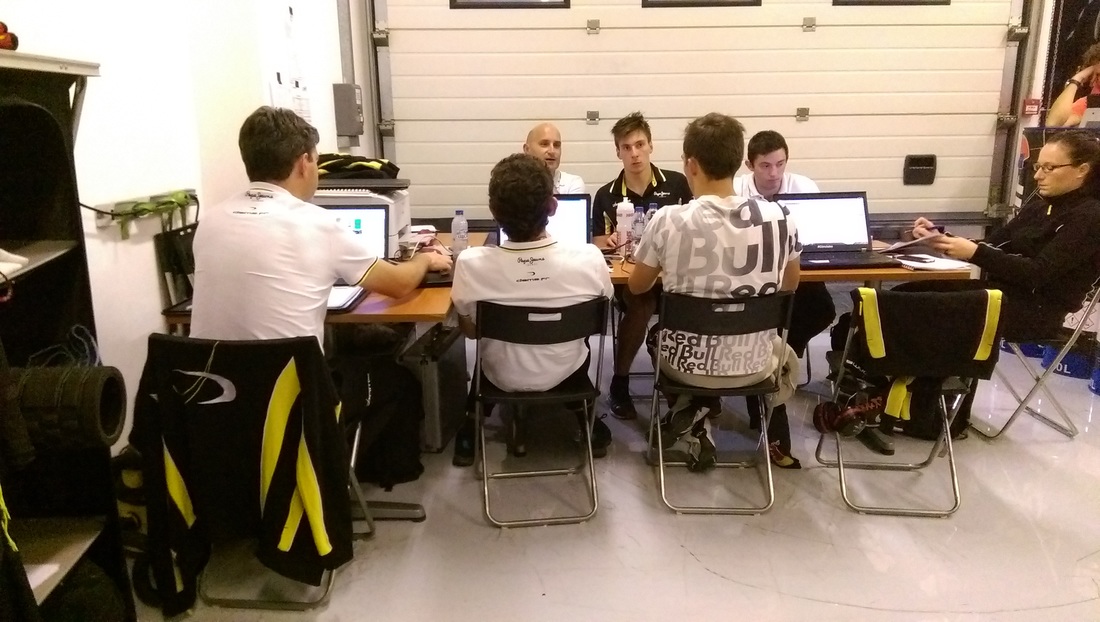
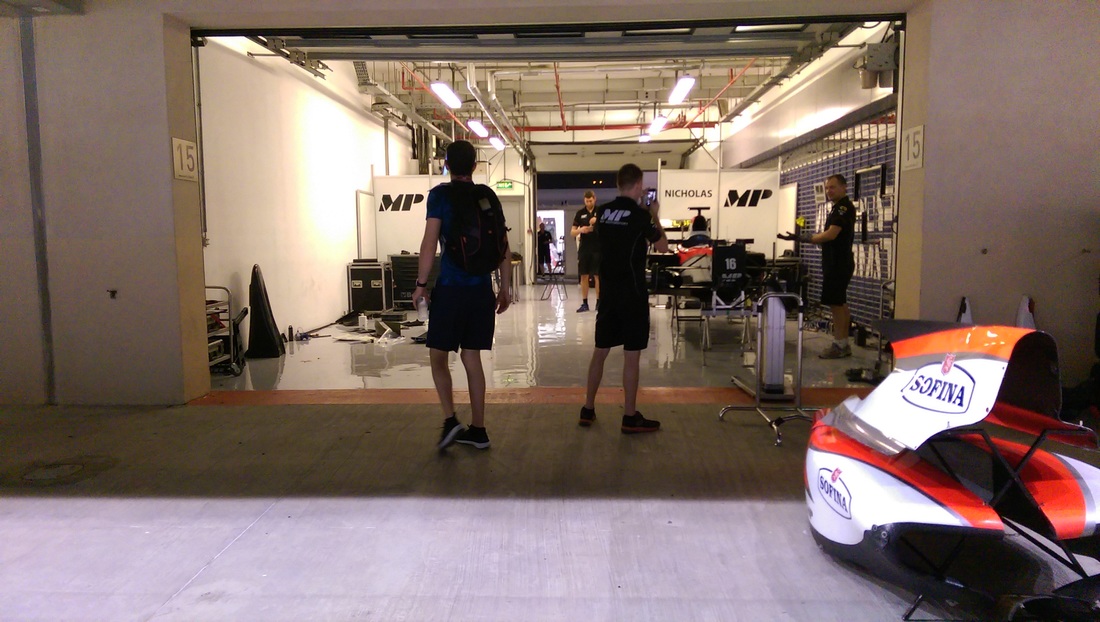
 RSS Feed
RSS Feed